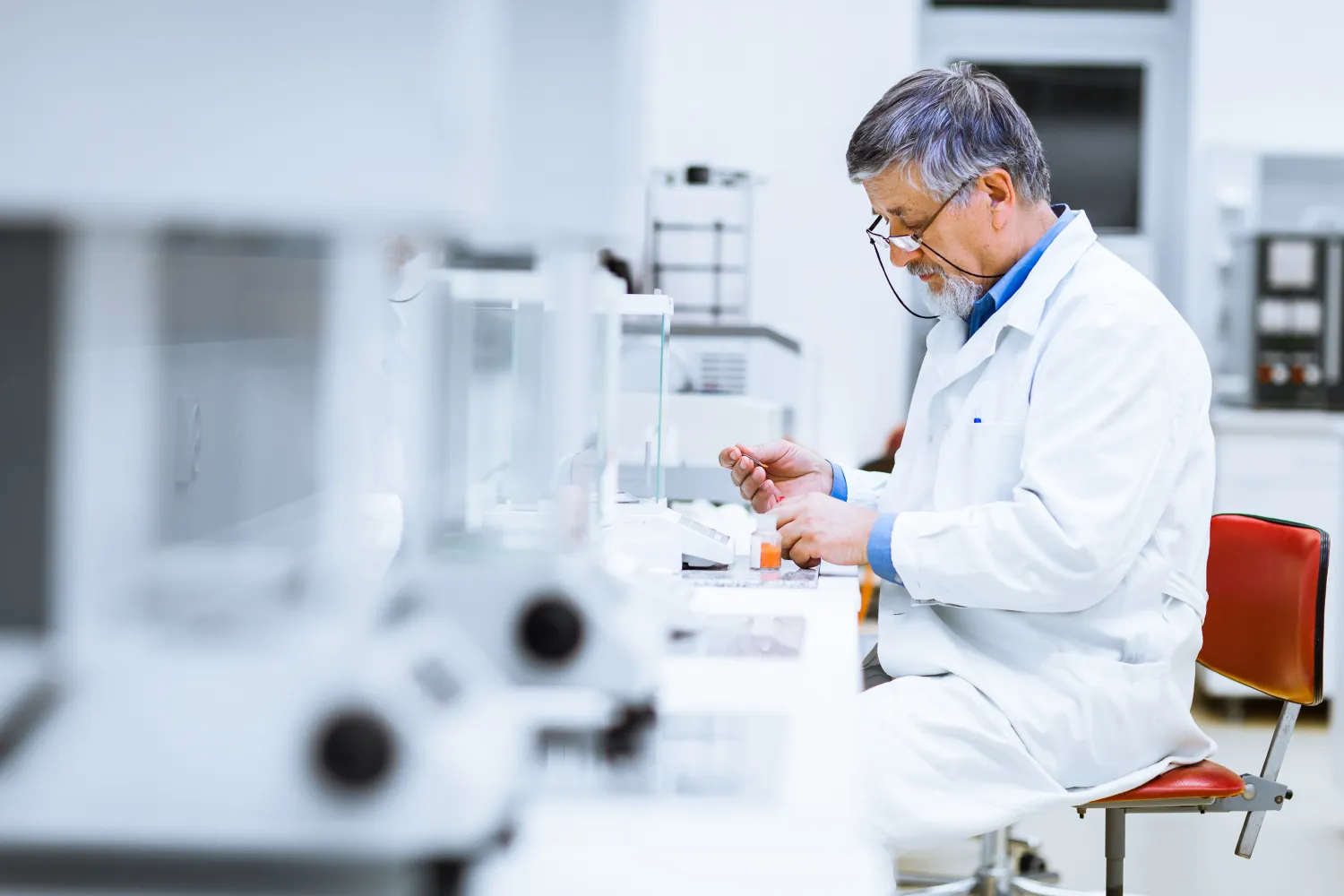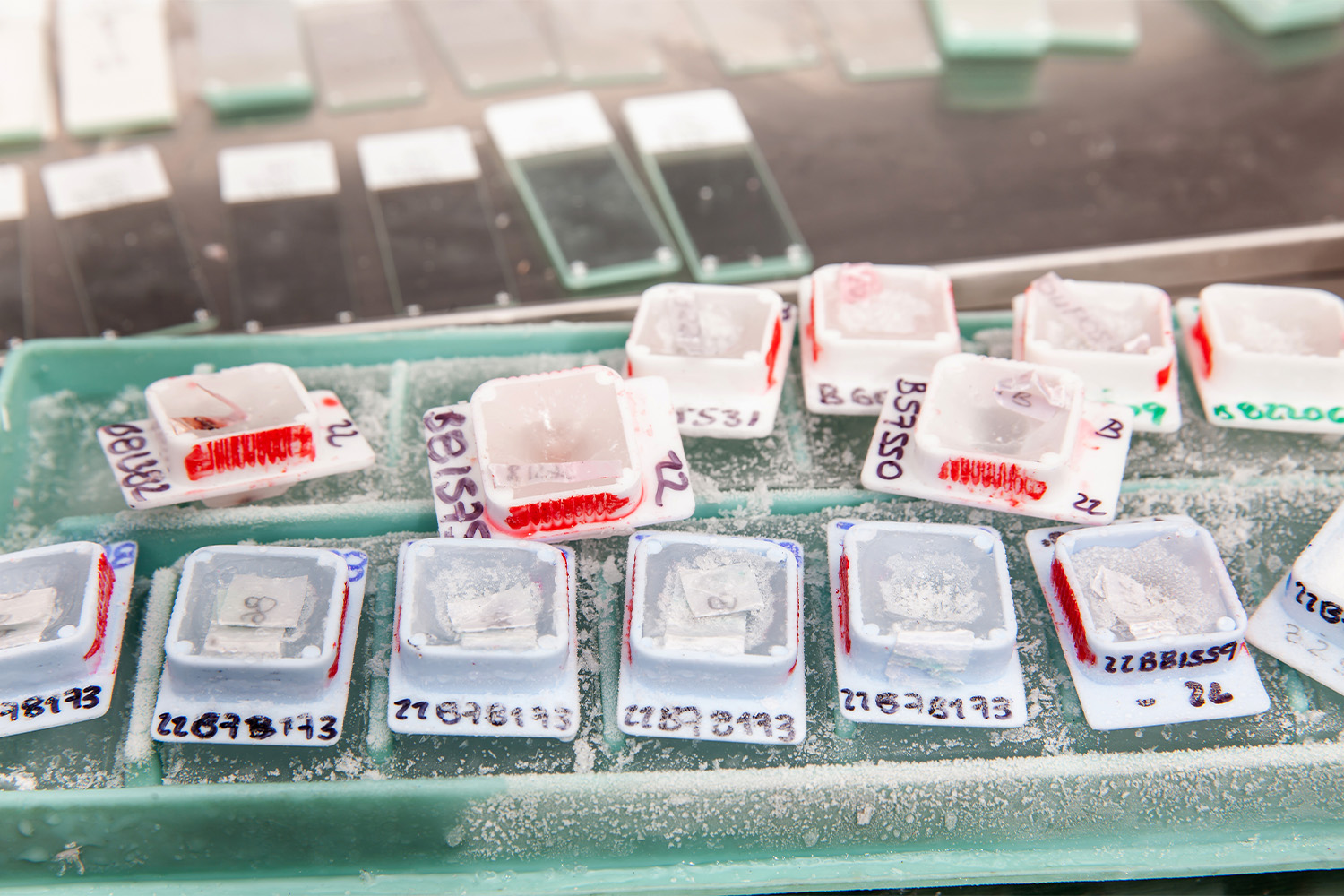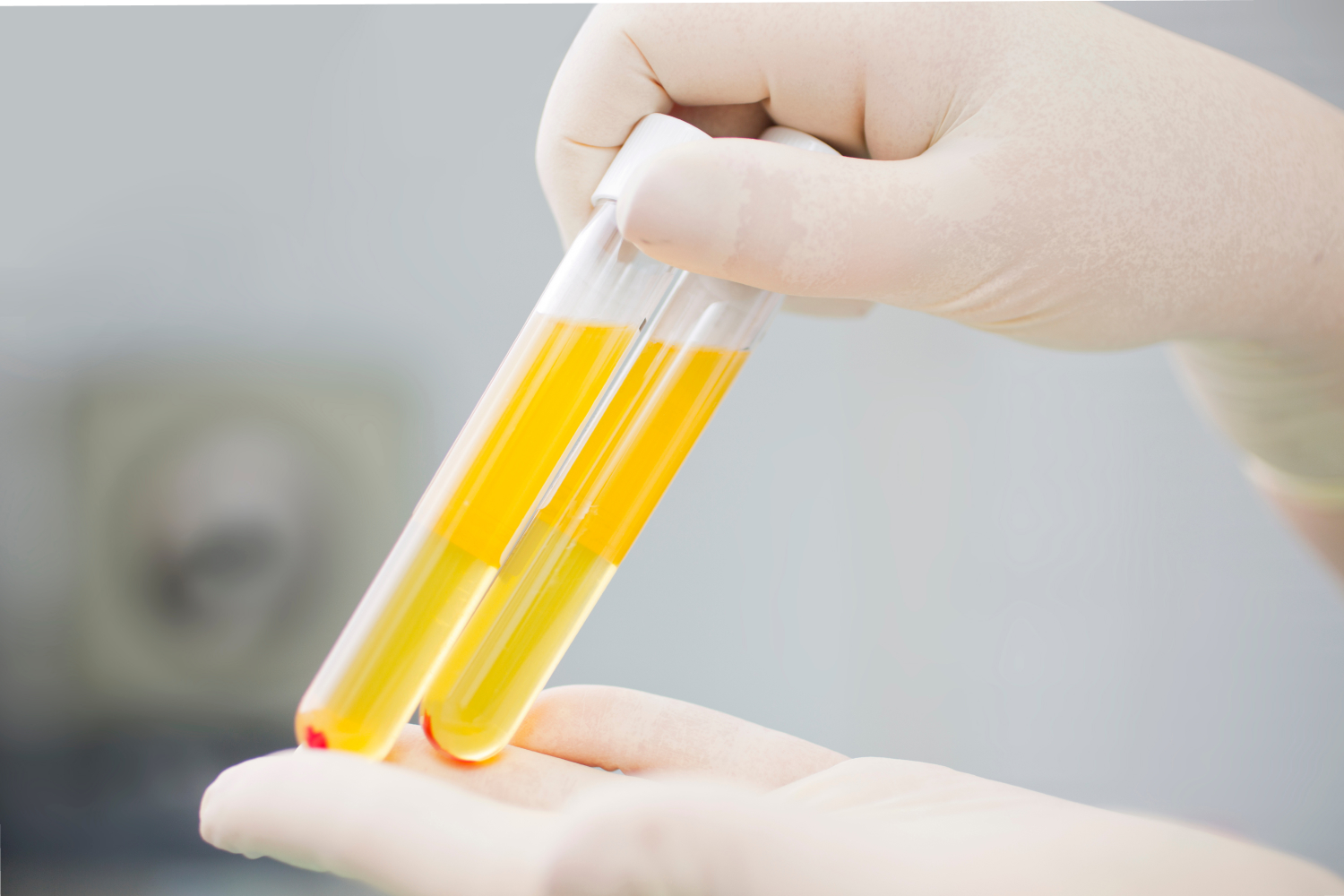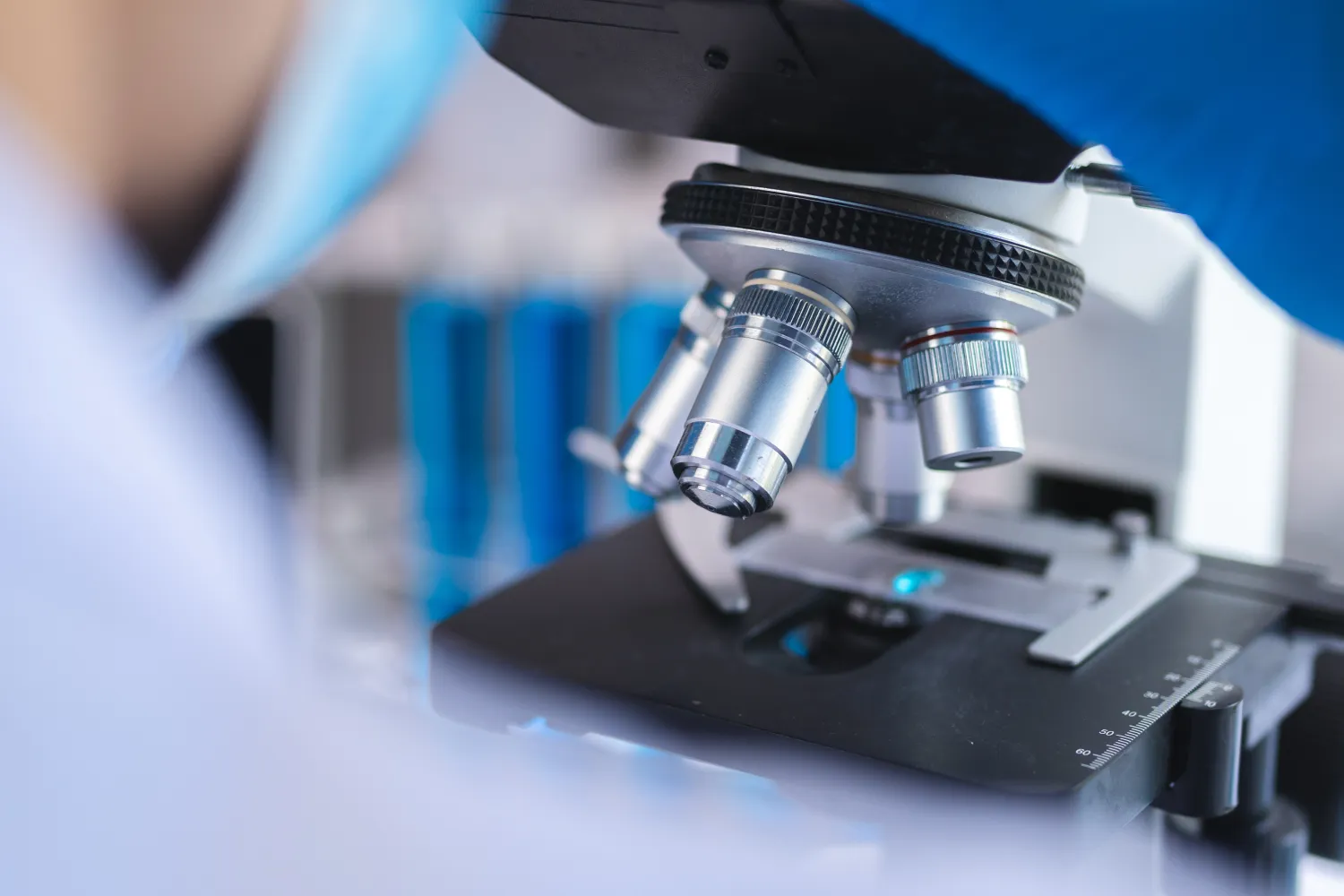In the intricate world of medical research, biospecimens stand as tangible records of human biology, tracing paths of diseases and offering insights into the maze of genetics. But, how these specimens are collected varies, with two major methodologies dominating the scene: retrospective and prospective study designs.
The distinction between these approaches isn’t just academic; it has practical implications that can dramatically affect research outcomes. Just as a detective might sift through past records or monitor a suspect’s present actions, researchers must decide whether to delve into existing specimens or collect fresh ones based on evolving requirements.
The choice is pivotal, for it impacts not just the immediacy of the research but also its depth, scope, and applicability.
Understanding Biospecimen Collection
A biospecimen, in its essence, is a biological sample obtained from humans, like tissues, blood, or urine, used for diagnosis or research. The value of such specimens lies in their ability to mirror the state of an organism at a specific time.
They serve as biological bookmarks, preserving the intricate play of molecules that could reveal clues about diseases, genetic predispositions, or even environmental impacts.
Types of Biospecimens
Broadly, biospecimens can be categorized into:
- Solid tissues: These could be tumor samples, organ biopsies, or any other tissue mass.
- Fluids: This includes blood, plasma, urine, cerebrospinal fluid, and others.
- Cell lines: Cultured cells that can reproduce indefinitely, often used in cancer research.
- DNA and RNA samples: Extracted genetic material offering a direct look into an individual’s genetic blueprint.
Utilization in Medical Research
Biospecimens are akin to goldmines in medical research. They hold the answers to why and how diseases manifest. Through them, we can trace the progression of a disease, understand its triggers, and even predict its future course.
Tumor tissues, for instance, can reveal the genetic mutations driving cancer, paving the way for targeted therapies. Blood samples can help detect early markers for diseases like Alzheimer’s, offering a chance for timely interventions.
Furthermore, with the advent of personalized medicine, biospecimens have become even more crucial, tailoring treatments based on individual genetic makeup.
In the world of research, the way we treat and regard these precious samples can shape the future of healthcare, making the choice between retrospective and prospective designs all the more crucial.
What Are Retrospective Studies?
Often referred to as case-control studies, retrospective studies work with pre-existing data. This can encompass old medical records, archived specimens, or any data gathered in the past.
Unlike prospective studies that are oriented toward the future, retrospective research is grounded in assessing what has already transpired.
Advantages
The primary strength lies in their efficiency. Utilizing pre-existing data, these studies can be more time and cost-effective, especially valuable when examining rare conditions that present challenges in gathering new or timely data.
Disadvantages
The inherent limitation is the constraint of the existing data. Since the data was collected for a purpose other than the current research, there might be missing variables or nuances. Additionally, there’s a potential risk of bias due to the unpredictable quality or accuracy of older records.
One illustrative example in medical research is the use of archived tumor samples. Even though originally collected for diagnostic or other clinical purposes, these samples can later serve research endeavors, helping to pinpoint common mutations or understanding resistance patterns in cancer treatment.
What Are Prospective Studies?
Unlike retrospective studies, prospective studies involve gathering fresh data and observations for future events as researchers move forward. Often, this is synonymous with cohort or longitudinal studies where individuals are observed over extended periods, sometimes spanning several years.
Advantages
The chief advantage of prospective studies is their ability to infer causality with greater confidence. Since researchers control or observe variables from the outset, it allows them to determine risk factors and establish relationships between variables more accurately.
It’s an approach that’s especially useful when wanting to study the effect of a certain factor on the development of a disease or condition.
Disadvantages
While they offer more precision, prospective studies are also more resource-intensive. They require considerable time, often spanning years, and potentially higher costs, especially if the cohort being observed is vast. Another downside can be attrition — the loss of participants over time, which can introduce bias or reduce the reliability of results.
One contemporary example in medical research is a study on the long-term effects of e-cigarettes on lung health. Initiated in the early 2010s, this ongoing study observes a cohort of both e-cigarette users and non-users.
With regular health check-ups and evaluations, researchers aim to determine the potential risks or benefits of e-cigarette use over traditional smoking. Such real-time tracking allows for insights that past records wouldn’t capture, highlighting the strength of prospective studies.
Comparative Analysis: Which One To Choose?
Choosing between retrospective and prospective study designs hinges on multiple factors that shape the research’s overall direction and outcome.
Research Objective
If insights into rare conditions are sought quickly or when time and resources are constrained, a retrospective approach may be more suitable. However, when probing long-term impacts and establishing causative relationships, a prospective study offers greater depth and clarity.
Data Accuracy
Retrospective studies depend on data that’s already been recorded, which might not be as accurate, comprehensive, or contemporary as one would desire. In contrast, prospective studies provide a platform for systematic and controlled data collection, ensuring the most relevant and precise data is garnered.
Resource Availability
The commitment of resources is a significant consideration. Prospective studies demand substantial time and often necessitate higher financial allocations. Researchers should gauge whether they possess the resources to support the study throughout its entire course.
Scope and Depth
Retrospective studies can provide rapid insights, offering a glimpse into patterns and correlations. However, they might lack the depth that prospective studies, with their forward-looking approach, can deliver. Prospective designs are particularly valuable when research is exploratory, aiming to uncover new findings or establish robust causative links.
External Influences
Retrospective studies might grapple with challenges such as inconsistencies in data recording methods over time or even the physical degradation of stored biospecimens. Prospective studies, while more controlled, aren’t immune to unforeseen challenges, like unexpected global events that might affect the cohort or change participant behaviors.
Flexibility and Adaptability
Prospective studies have an edge when it comes to adjusting parameters or introducing new measurement techniques midway. As knowledge evolves, or if new technologies emerge, researchers have the latitude to integrate these into their ongoing study, a luxury not available in retrospective designs.
In weighing these considerations, researchers can make an informed decision tailored to their specific research questions and constraints. It’s essential to remember that each design has its merits and can offer invaluable insights when applied judiciously.
The Future of Biospecimen Collection: Trends and Innovations
In an era of rapid technological advancements and evolving medical practices, the field of biospecimen collection is not left untouched. The nexus between innovative technologies and the growing demands of medical research is fostering transformative changes, molding the future landscape of biospecimen collection and research.
Digital Technologies and Automation
With the rise of digital technologies, there’s a discernible shift towards automation in biospecimen collection and processing. Advanced robotic systems now facilitate the automated extraction of DNA, RNA, and proteins, ensuring consistency, reducing manual errors, and accelerating the entire process.
Integration of AI and Machine Learning
The integration of artificial intelligence and machine learning promises to revolutionize the way biospecimens are analyzed. These tools can quickly sift through vast datasets, identify patterns, and offer predictive insights, significantly optimizing research processes and outcomes.
Personalized Medicine and Biospecimens
Personalized or precision medicine tailors treatment to an individual’s unique genetic makeup. In this light, the value of biospecimens has skyrocketed. The trend leans towards the collection of more specific samples that can illuminate individual genetic variations and their implications.
Virtual Biobanks
Traditional biobanks, where biospecimens are physically stored, are gradually complemented by virtual biobanks. These digital platforms allow for seamless data sharing, collaboration, and access to diverse biospecimen collections from around the globe, making research more inclusive and comprehensive.
Evolving Ethical and Regulatory Frameworks
As biospecimen collection techniques advance, so do the ethical considerations surrounding them. New guidelines and regulations are being formulated to ensure that sample collection remains consensual and transparent and respects patient rights.
At iProcess Global Research, we are at the forefront of these evolving trends. Recognizing the potential of these innovations, we continuously adapt, integrating cutting-edge technologies and methodologies into our operations. Our commitment is not just to keep pace with these developments but to be trailblazers, setting benchmarks in biospecimen research.
A Final Word
The trajectory of biospecimen collection is unmistakably upward and forward. As the lines between technology and biology blur, the opportunities to deepen our understanding of human health and diseases multiply.
While challenges remain, with organizations like iProcess Global Research leading the way, the future of biospecimen research is bright, promising to unlock unprecedented medical breakthroughs and solutions for a healthier tomorrow.
Sources:
Biospecimen Collection, Processing, Storage, Retrieval, and Dissemination | BBRB
The impact of rapid technological change on sustainable development | UNCTAD




